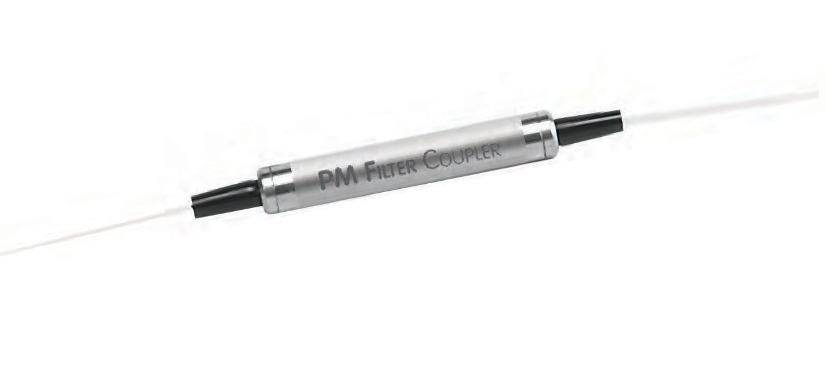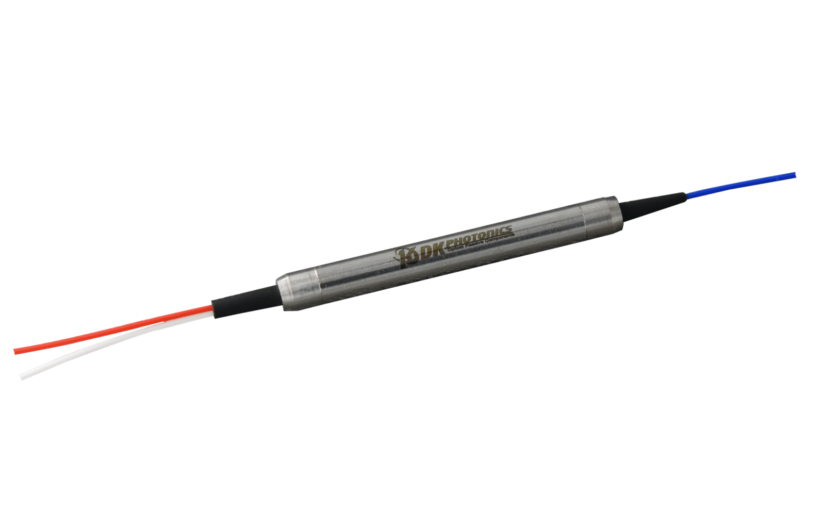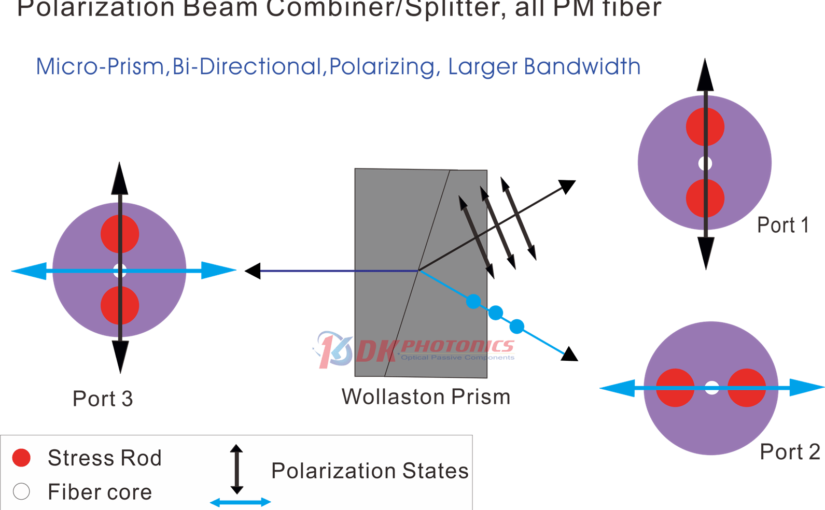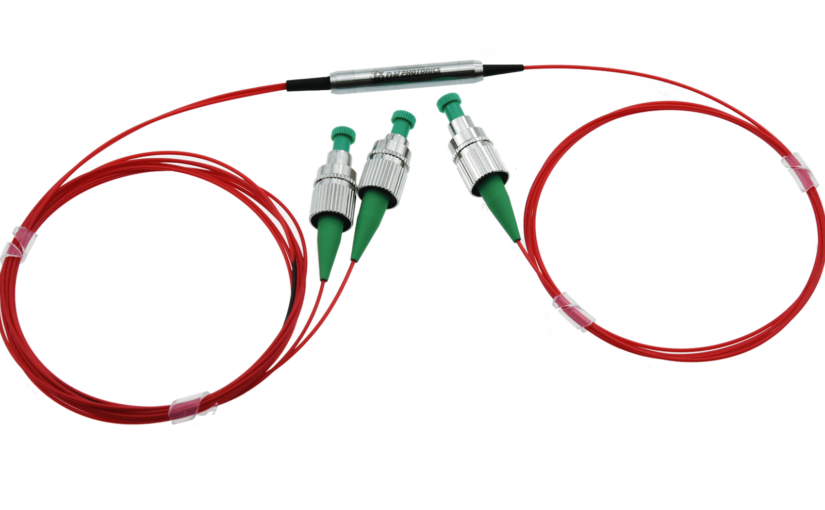Have you ever wondered how those fancy sunglasses or LCD screens manage to reduce glare and enhance contrast? The answer lies in a clever optical component called an in-line polarizer. It plays an important role in controlling and manipulating light waves, making it an essential part of various technologies we use daily. Let’s see how it works, its construction, materials and application.
What is an In-line Polarizer?
An in-line polarizer is a type of optical filter that selectively transmits light waves oscillating in a particular direction while blocking those vibrating in the perpendicular direction. This selective transmission of light is achieved through a process called polarization, which aligns the oscillations of light waves in a specific orientation.
How Does an In-line Polarizer Work?
The working principle of an in-line polarizer is based on the wave nature of light. Light waves are electromagnetic waves that oscillate in different planes perpendicular to their direction of propagation. In natural light, these oscillations occur randomly in all possible planes, creating unpolarized light.
When unpolarized light encounters an in-line polarizer, the polarizer acts as a filter, allowing only the light waves oscillating in a specific plane to pass through while absorbing or reflecting the waves vibrating in the perpendicular plane. This results in polarized light, where the oscillations of the transmitted light waves are aligned in a single direction.
Construction and Materials
The construction of an in-line polarizer involves the use of specialized materials that exhibit a property called dichroism. Dichroic materials have the ability to absorb light waves with a specific oscillation direction while transmitting those with a perpendicular orientation. Common materials used in in-line polarizers include stretched polymer films, crystals like calcite, and even wire grid structures.
Applications of In-line Polarizers
In-line polarizers are incredibly versatile and find use in many different areas thanks to their ability to manipulate light waves. Let’s explore some of the common applications:
Reducing Glare and Reflections
One of the most familiar uses of in-line polarizers is in sunglasses and camera lenses. Have you ever noticed how a good pair of polarized sunglasses cuts down on blinding glare from the sun reflecting off surfaces like water or cars? That’s the in-line polarizer at work! It blocks those intense reflected light waves, making it easier to see clearly without squinting.
Enhancing Display Quality
Another application you likely encounter daily is on LCD screens—your TV, computer monitor, or smartphone display. In-line polarizers play a key role in controlling the liquid crystals that create the images you see. By precisely aligning the polarization of light, the polarizers enable vivid colors and high contrast, making the visuals pop.
Unlocking Material Secrets
In-line polarizers are used by polarizing microscopes in scientific labs to examine the microscopic characteristics of materials such as crystals, minerals, and polymers.
Keeping Telecommunication Signals Clear
You might not realize it, but in-line polarizers are also essential in fiber optic cable networks that transmit data over long distances. They help maintain the integrity of polarized light signals, preventing signal degradation and ensuring your internet, TV, and phone connections remain strong and clear.
Utilizing the wave nature of light, an in-line polarizer is an amazing optical component that can transmit or block particular oscillation directions selectively. Due to its ability to control the polarization of light waves, it can be used for various applications.








